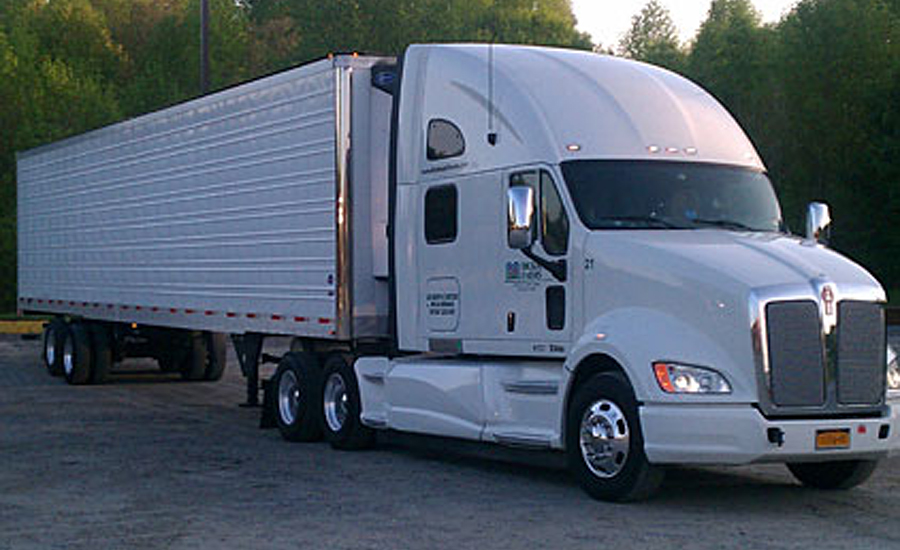American Trucking Associations (ATA), Arlington, Va., released the findings of his latest report into the driver shortage, warning the trucking industry could be short 50,000 drivers by the end of 2017.
“In addition to the sheer lack of drivers, fleets are also suffering from a lack of qualified drivers, which amplifies the effects of the shortage on carriers,” says Bob Costello, chief economist. “This means that even as the shortage numbers fluctuate, it remains a serious concern for our industry, for the supply chain and for the economy at large.”
According to the “2017 ATA Driver Shortage Report,” which is ATA’s first in-depth examination of the driver shortage since 2015, the driver shortage eased in 2016 to roughly 36,500, down from 2015’s shortfall of 45,000.
“We experienced a ‘freight recession,’ last year, which eased the pressure on the driver market,” says Costello. “Now that freight volumes accelerating again, we should expect to see a significant tightening of the driver market.”
In the report, ATA projects the shortage to reach 50,000 by the end of 2017, and if current trends hold, the shortage could grow to more than 174,000 by 2026.
The causes of the shortage include the demographics of the aging driver population, lifestyle issues, regulatory challenges and more.
“While the shortage is a persistent issue in our industry, motor carriers are constantly working to address it,” Costello adds. “We already see fleets raising pay and offering other incentives to attract drivers. Fleets are also doing more to improve the lifestyle and image of the truck driver, but there are also policy changes like reducing the driver age as part of a graduated licensing system or easing the transition for returning veterans, that can make getting into this industry easier and therefore help with the shortage.”



